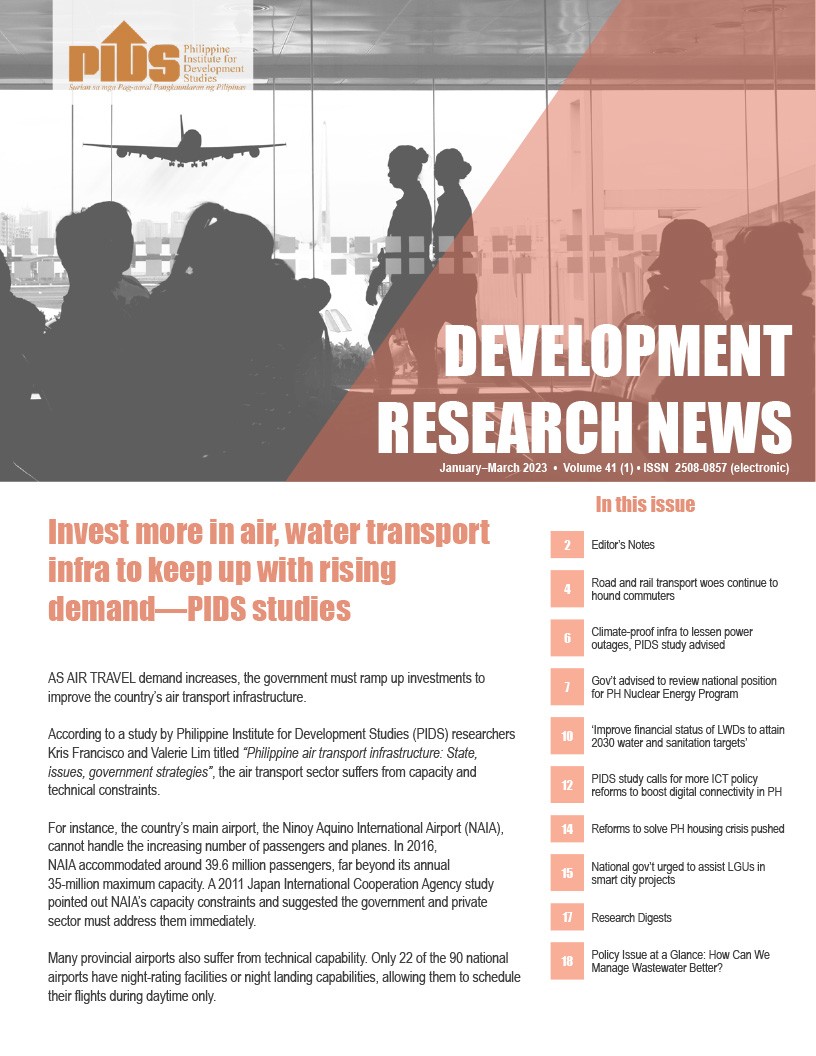A three-year, P1.5-trillion economic stimulus bill dubbed “Bayanihan 3” has been filed in the 19th Congress.
One of the authors of the measure, Camarines Sur 2nd district Rep. LRay Villafuerte, said the proposed economic stimulus package package was inspired by presumptive House Speaker, Leyte 1st district Rep. Martin Romualdez, who earlier said that the priority legislation of the 19th Congress will be a Bayan Bangon Muli (BBM) bill patterned after the Bayanihan to Heal as One (Bayanihan 1) and Bayanihan to Recover as One (Bayanihan 2) laws that were passed swiftly in 2020 in response to the Covid-19 pandemic.
Filed was House Bill (HB) No.271, or the proposed National Economic Stimulus and Recovery Act of 2022. It is meant to support President Ferdinand “Bongbong” Marcos Jr.’s “comprehensive all-inclusive plan for economic transformation”—as stated in his inaugural speech last June 30—and his commitment to continue the previous Duterte administration’s “Build, Build, Build” infrastructure modernization program.
Incidentally, Villafuerte, a former House deputy speaker, was an author of the previous two Bayanihan bills that were key to national survival during the early phases of the pandemic.
The other authors of HB No.271 are his fellow Camarines Sur Reps. Tsuyoshi Anthony Horibata and Miguel Luis Villafuerte, and Bicol Saro Party-list Rep. Nicolas Enciso VIII.
Villafuerte said this proposed P1.5-trillion stimulus package will let President Marcos sustain the unmatched high spending on infrastructure development initiated by his predecessor, “but this time, such investments will be focused on building and improving facilities for HEAL IT, which stands for Health, Education, Agriculture, Livelihood, Information Technology (IT), and Tourism”.
Under HB No.271, government infrastructure spending shall be primarily geared toward maximizing the direct and indirect creation and sustaining of jobs, particularly in the countryside. “Anchored on the premise that the poor are provided employment and income-earning opportunities, this measure will prioritize the funding of projects that target infrastructure building down to the barangay level,” the authors said.
They said such huge infrastructure projects shall be undertaken in conjunction with the “Balik Probinsiya Program,” which, said Villafuerte, was designed (1) to stimulate growth in the countryside through rural infrastructure investments that create plenty of jobs, and (2) to ease urban congestion by encouraging jobseekers to stay put in their localities and for workers in urban areas or overseas to return home and work in their provinces.
“Infrastructure shall be the backbone of our economy following the insight of almost all respected economists and recognized policymakers. Therefore, although palliative measures such as cash transfers, unemployment dole-outs, relief, and other forms of immediate amelioration support are undoubtedly necessary now, it is in the interest of the government, the private sector, and the Filipino people at large that a lasting cure for economic resilience be established,” they stressed.
Recovery fund
The Bayanihan 3 measure seeks the creation of a special fund—to be known as National Economic Stimulus and Recovery Fund—that shall be disbursed primarily for the implementation of infrastructure projects across the six priority areas under HEAL IT.
This recovery fund’s budget for approved projects shall be automatically released to the implementing unit in order to facilitate the start-up and completion of projects and remove existing regulations and issuances that would impede the same.
Of the proposed P1.5-trillion appropriation for the three-year recovery fund, P500 billion shall be released on the first year of the measure’s approval, another P500 billion on the second year, and P500 billion more on the third and final year.
After three years, Congress shall enact new legislation extending or modifying the same or terminating the fund. In the latter case, the unobligated balance shall be made available for the general budgetary requirements of the year succeeding its termination.
The bill proposes the establishment of an Executive Cluster Committee to formulate the guidelines on the recovery fund’s use, and that will have the Presidential Adviser for Flagship Programs as chairperson, the Secretaries of Public Works and of Finance as co-vice chairpersons, and the director-general of the National Economic and Development Authority (NEDA) as secretariat head.
This proposed Executive Cluster Committee shall periodically compile all the reports of the implementing department/agencies, and shall submit, within 25 days at the end of every semester, to the Office of the President (OP) plus the offices of the Senate President and the Speaker, a semestral report of the status of the projects funded by the recovery fund.
“The recovery of the domestic economy will ride on the back of sustained government spending across all sectors with a focus on new private and public infrastructure works that will be propelled by the Marcos administration with the BBM flagship program,” the four solon-authors said.
Citing a Philippine Institute for Development Studies (PIDS) report, the authors of HB No.271 said the weaker global and domestic demand during the pandemic had cost the Philippine economy between P276.3 billion under best-case scenarios and P2.5 trillion under worst-case scenarios, with the transport, storage, communication, services, tourism and wholesale and retail trade sectors absorbing substantial losses.





